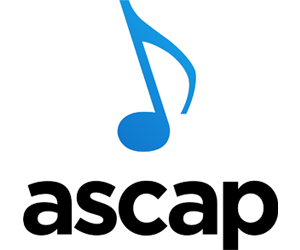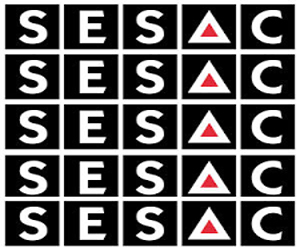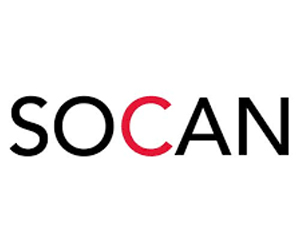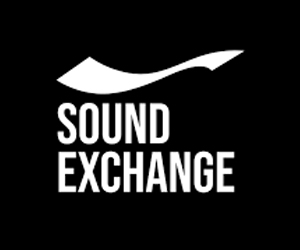
In the world of music streaming, record labels and Spotify have struck gold, raking in hundreds of millions of dollars. However, the artists who create the art are earning mere pennies. This article delves into the financial dynamics of record labels owning stock in Spotify and the stark disparity between their profits and artists’ earnings.
Label Ownership in Spotify
Since Spotify’s inception, several major record labels have acquired significant stakes in the company. Labels such as Universal Music Group, Sony Music Entertainment, and Warner Music Group have owned stock in Spotify, benefitting immensely from the platform’s growth. These labels saw the potential in Spotify early on, positioning themselves to profit from the streaming giant’s success.
To understand the financial impact, let’s look at the stock value of Spotify from 2009 to 2024. When Spotify went public in 2018, its stock price surged, benefiting early investors, including record labels. Here’s a visual representation of Spotify’s stock value over the years:
From 2009 to 2018, Spotify’s value steadily increased, with a significant spike after its IPO. The labels that owned stock saw their investments multiply, leading to substantial financial gains.
Financial Impact on Labels
Owning stock in Spotify has dramatically boosted the financial health of record labels. For instance, Sony Music reportedly sold half of its Spotify shares in 2018, earning nearly $750 million. Universal and Warner have also made substantial profits from their shares. This influx of capital has strengthened the labels’ financial positions, enabling further investments in marketing, talent acquisition, and technology.
Beyond stock ownership, record labels earn considerable revenue from Spotify through licensing deals and streaming royalties. These earnings are a significant part of the labels’ income, with millions of dollars flowing in from Spotify’s vast user base. However, this financial success for labels starkly contrasts with what artists earn from the platform.

While record labels and Spotify celebrate their financial windfalls, artists face a much bleaker reality. On average, an artist earns between $3,000 to $5,000 for one million streams on Spotify. This amount varies depending on factors like the artist’s contract, label agreements, and the country where streams originate. Compared to the millions earned by labels and Spotify, this payout is minuscule.
The disparity between the earnings of record labels and artists highlights a significant issue in the music industry. While labels benefit from their strategic investments and streaming deals, artists often struggle to make a living from their craft. This financial inequality raises questions about the sustainability and fairness of the current music industry model.
The financial dynamics between labels, Spotify, and artists have profound implications for the music industry. Labels’ substantial earnings enable them to dominate the market, potentially stifling independent artists and smaller labels. At the same time, the low payouts for artists can discourage creativity and innovation, as many struggle to sustain their careers.
As Spotify continues to grow and dominate the streaming market, the financial benefits for record labels are clear. Their strategic investments and lucrative deals with Spotify have yielded significant profits. However, the stark contrast between these profits and the earnings of artists who create the music cannot be ignored. For the music industry to thrive, a more equitable distribution of wealth is essential, ensuring that those who create the art are fairly compensated for their work.














